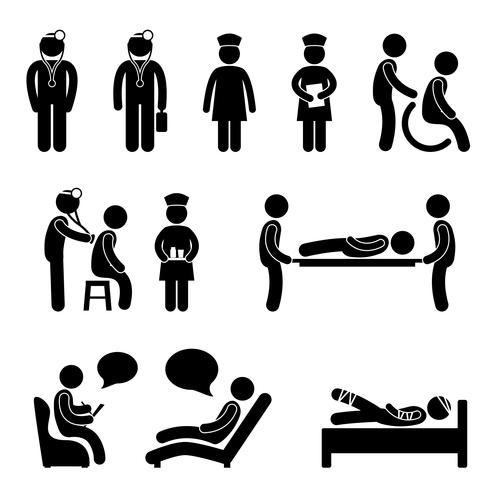State of mind stabilizers assist to calm locations of the mind that are affected by bipolar disorder. These drugs are most efficient when they are taken on a regular basis.
It may take a while to locate the appropriate medicine that works ideal for you and your medical professional will monitor your problem throughout treatment. This will entail routine blood tests and perhaps a modification in your prescription.
Neurotransmitter regulation
Natural chemicals are a team of chemicals that regulate one another in healthy and balanced individuals. When degrees come to be unbalanced, this can result in state of mind problems like anxiety, anxiousness and mania. Mood stabilizers help to prevent these episodes by assisting regulate the equilibrium of these chemicals in the brain. They additionally might be used along with antidepressants to improve their effectiveness.
Medicines that work as mood stabilizers consist of lithium, anticonvulsants and antipsychotics. Lithium is possibly one of the most well known of these drugs and works by affecting the circulation of salt with nerve and muscle cells. It is frequently used to deal with bipolar disorder, yet it can likewise be helpful in dealing with other state of mind conditions. Anticonvulsants such as valproate, lamotrigine and carbamazepine are additionally efficient mood supporting medicines.
It can take a while to locate the best sort of medicine and dosage for every individual. It is very important to collaborate with your physician and take part in an open dialogue regarding how the medicine is working for you. This can be specifically helpful if you're experiencing any type of negative effects.
Ion channel modulation
Ion networks are a major target of mood stabilizers and lots of other medications. It is currently well developed that they are dynamic entities that can be modulated by a range of exterior stimuli. Additionally, the inflection of these networks can have a range of temporal effects. At one extreme, modifications in gating characteristics might be fast and immediate, as in the nicotinic acetylcholine receptor/channel system. At the various other end of the range, covalent adjustment by healthy protein phosphorylation might result in modifications in network feature that last much longer.
The area of ion network modulation is entering a duration of maturity. Recent research studies have shown that transcranial concentrated ultrasound (United States) can boost nerve cells by turning on mechanosensitive potassium and salt networks embedded within the cell membrane. This was demonstrated by expressed networks from the two-pore domain name potassium household in Xenopus oocytes, and focused US substantially modulated the present flowing through these channels at a holding voltage of -70 mV (right panel, relative result). The outcomes follow previous observations showing that antidepressants affecting Kv channels regulate glia-neuron interactions to contrary depressive-like habits.
Neuroprotection
Mood stabilizers, like lithium, valproic acid (VPA), and carbamazepine, are crucial in the treatment of bipolar disorder, which is identified by recurring episodes of mania and anxiety. These medications have neuroprotective and anti-apoptotic residential or commercial properties that help to stop cellular damages, and they likewise enhance mobile durability and plasticity in dysfunctional synapses and neural wiring.
These protective activities of state of mind stabilizers may be moderated by their inhibition of GSK-3, inositol signaling, and HDAC task. Additionally, long-term lithium therapy protects versus glutamate excitotoxicity in cultured neurons-- a model for neurodegenerative conditions.
Research studies of the molecular and cellular effects of state of mind stabilizers have shown that these drugs have a variety of intracellular targets, including several kinases and receptors, along with epigenetic adjustments. Refresher course is needed to establish if mood stabilizers have neurotrophic/neuroprotective actions that are cell type or circuitry details, and how these results may match the rapid-acting healing reaction of these representatives. This will assist to create new, much faster acting, more efficient therapies for psychiatric ailments.
Intracellular signaling
Cell signaling is the process whereby cells connect with their environment and various other cells. It involves a series of action in which ligands communicate with membrane-associated receptors and bring about activation of intracellular pathways that control important downstream mobile features.
Mood stabilizers act on intracellular signaling via the activation of serine-threonine protein kinases, resulting in the phosphorylation of substratum healthy proteins. This activates signaling cascades, bring about changes in gene expression and cellular feature.
Many mood stabilizers (including lithium, valproate and lamotrigine) target intracellular signaling paths by hindering specific phosphatases or triggering details kinases. These effects cause a reduction in the task of these paths, which results in a decrease in the synthesis of particular chemicals that can affect the brain and cause signs and symptoms of clinical depression or mania.
Some mood stabilizers also work by improving the task of the repressive mental wellness support natural chemical gamma-aminobutryic acid (GABA). This boosts the GABAergic transmission in the brain and decreases neural task, consequently producing a calming effect.
